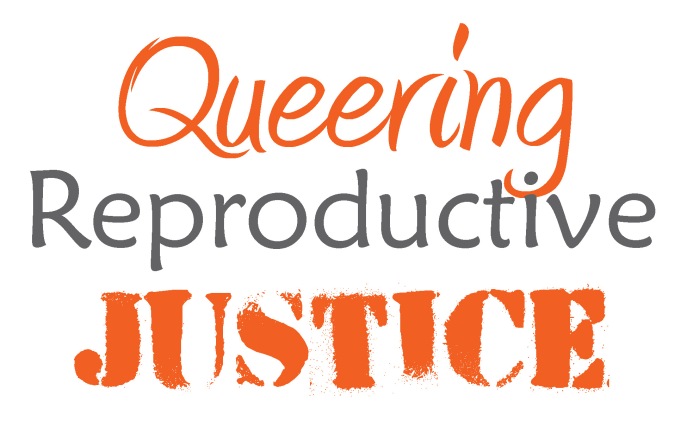This Thanksgiving, while you’re enjoying your meal with your families, I challenge you to educate yourselves on a group of people that have been marginalized since the formation of our country. As Georgetown students, as men and women for others, we should be educated on this issue. As feminism is promoting intersectionality and bringing marginalized groups to the center, one in particular has been consistently left behind and consequently continues to be the perpetual “other”. This marginalized group is Native Americans and in this posting I will discuss the shocking amount of violence Native American and Alaskan Native women experience.
Since the beginning of colonization in America, Native Women have experienced extreme sexual violence, abuse, and human rights violations from settlers and soldiers. These violations didn’t end with the conquest and colonization of America but continued with the Trail of Tears. They continue today. Due to the widespread human rights violations that Indigenous women have experienced, this normalized pattern of oppression has made it easier for violations similar to these to continue.
Indigenous women are 2.5 more times more likely to be raped or experience sexual violence than other women in America (“Maze of Injustice”). According to National Congress of American Indian, 3 out of 5 Native Women will be assaulted in their lifetimes. Additionally, in 86% of these cases, the perpetrators aren’t Native men (“Maze of Injustice”). The notion that the Native men are perpetrating the violence on the Native women is not accurate. Non-native men go to the reservations and thus commit these crimes on Native women. Previous to the expansion of the Violence Against Women Act this past summer, non-Native men could come onto the reservations, rape Native women, and virtually nothing would be done about it. The fact that these crimes were viewed as “inter-racial,” meaning the perpetrators were non-Native and the women were Native, prohibited these cases from going to the tribal courts. It was not the tribe’s jurisdiction and it would go to the federal courts, which are at minimum 300 miles away from the reservations, meaning that there was no justice for these cases. There were no consequences for these acts of violence; men could go to these reservations and would do whatever the hell they wanted with the knowledge that nothing would be done about it. Native women deserve justice, yet they haven’t received any. Native women aren’t sexual objects, even though the world likes to portray them as such. People like to think that we are in a post-colonization era and that most of the issues experienced in the past are gone but things have just evolved. Predominately white men are still the perpetrators of this violence against Native women just like that of the time of Christopher Colombus.
This past year, an expansion to the Violence Against Women Act was created so that tribal courts could have jurisdiction over these acts of violence. This is a huge step to ensuring the protection of Native women and as of April 6th 2015 26 offenders were charged. There is progress, however America needs to realize that Native Americans, especially Native women are real people and are more than sexual objects that the Western World has fetishized. As feminism and global issues have focused on the acts of violence on other minority and oppressed groups, it is our duty to bring this widespread form of oppression to the light so we can begin to work towards justice.
Sources
http://www.huffingtonpost.com/2015/03/06/vawa-native-americans_n_6819526.html
http://www.amnestyusa.org/our-work/issues/women-s-rights/violence-against-women/maze-of-injustice
http://www.justice.gov/ovw/tribal-communities
http://www.nytimes.com/2012/05/23/us/native-americans-struggle-with-high-rate-of-rape.html?_r=0
Gaby Walker is Cherokee Native American and a junior at Georgetown University majoring in Women and Gender Studies. She is treasurer of the Native American Student Council.




